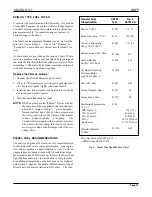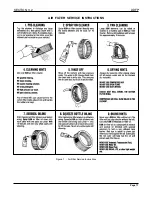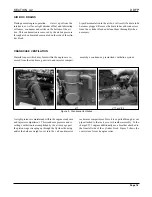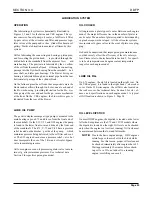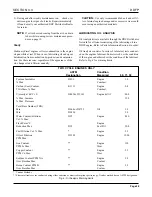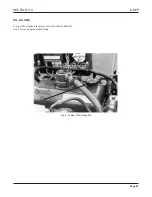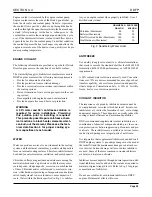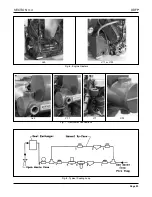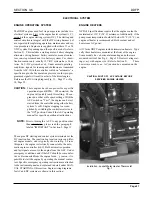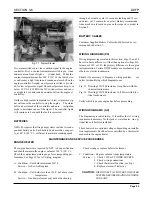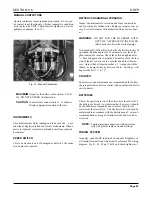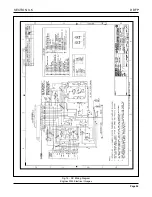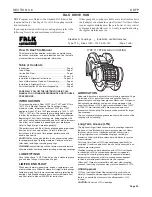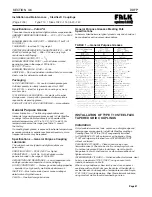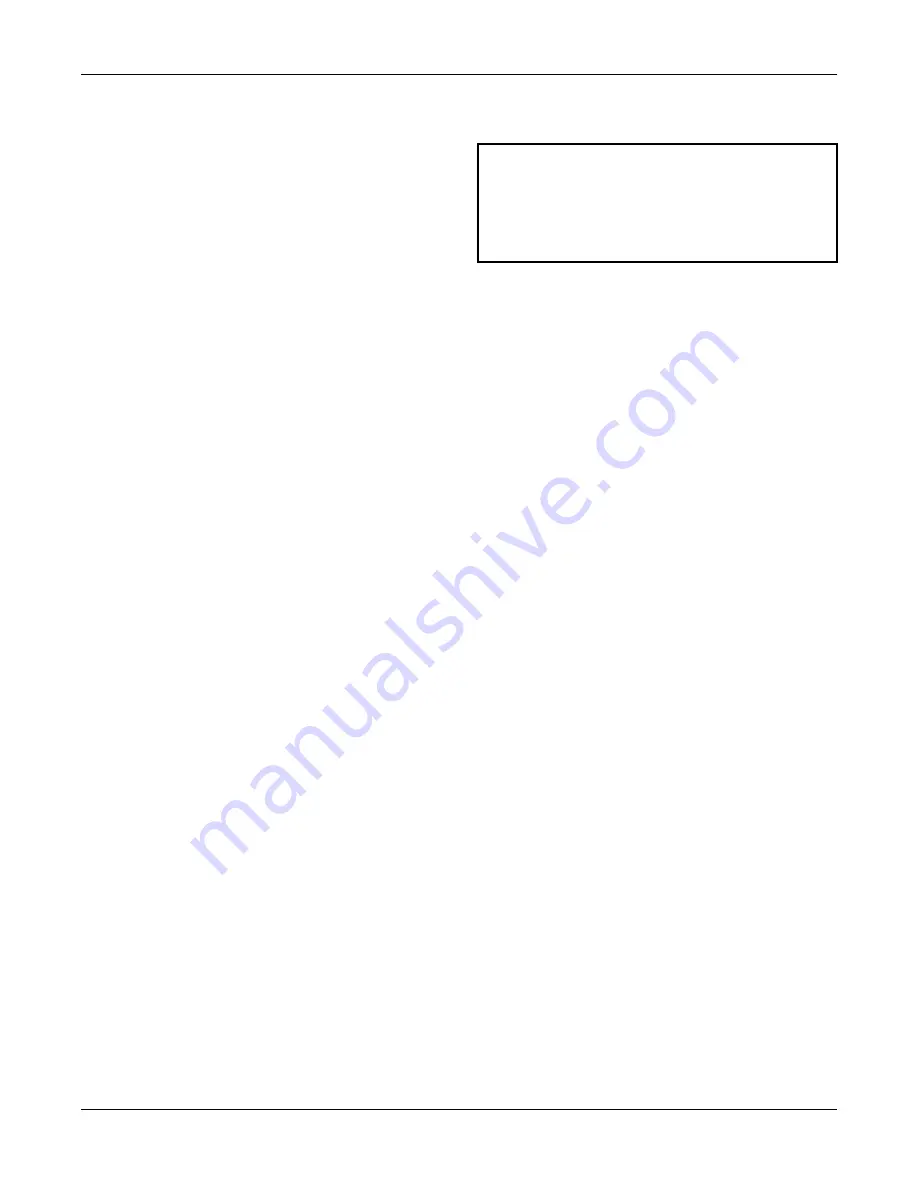
DDFP
SECTION 3.4
Page 26
Engine coolant is circulated by the engine coolant pump.
Engine coolant enters the side of the block upon dischar ge
from the oil cooler and coolant pump. Under lo w pressure,
the coolant flo ws past the c ylinders, up through the heads,
and then through the open thermostat into the heat exchang-
er tank. After passing o ver the heat e xchanger core, the
coolant then re-enters the coolant pump and starts the c ycle
over. If the thermostat is closed, coolant would flow down a
bypass tube, back to the coolant pump. Under that condition,
the coolant bypasses the heat exchanger core and allows the
engine to retain some of the heat so it can quickly reach opti-
mum operating temperature.
ENGINE COOLANT
The following information is provided as a guide for Detroit
Diesel engine users in the selection of a suitable coolant.
The water/ethylene glycol/inhibitor coolant mixture used in
DDFP engines must meet the following basic requirements:
• Provide for adequate heat transfer.
• Provide protection from cavitation damage.
• Provide a corrosion/erosion resistant environment within
the cooling system.
• Prevent formation of scale or sludge deposits in the cool-
ing system.
• Be compatible with engine hose and seal materials.
• Provide adequate freeze and boil over protection.
WARNING
A 50% water and 50% anti-freeze solution is
required for pump installations. Premixing
this solution prior to installing is required.
This prevents possible pure anti-freeze chem-
ical reactions to block heater elements which
can burn out the element. Please see the tech-
nical data Section 5 for proper cooling sys-
tem capacities of each model.
WATER
Water can produce a corrosi ve environment in the cooling
system, and the mineral content may permit scale deposits to
form on internal cooling surfaces. Therefore, inhibitors must
be added to control corrosion, cavitation, and scale deposits.
Chlorides, sulfates, magnesium and calcium are among the
materials which mak e up dissolv ed solids that may cause
scale deposits, sludge deposits, corrosion or a combination
of these. Chlorides and/or sulf ates tend to accelerate corro-
sion, while hardness (percentage of magnesium and calcium
salts broadly classif ied as carbonates) causes deposits of
scale. Water within the limits specif ied in Fig.
2
is satisfac-
tory as an engine coolant when properly inhibited. Use of
distilled water is ideal.
ANTIFREEZE
Use an eth ylene glycol coolant (lo w silicate formulation)
that meets or exceeds the standard of either the GM 6038-M
formulation (GM 1899-M performance) or ASTM D 4985
requirements.
A 50% coolant/water solution is normally used. Concentra-
tions over 70% are not recommended because of poor heat
transfer capability, adverse freeze protection and possible
silicate dropout. Concentrations belo w 30% of fer little
freeze, boil over or corrosion protection.
COOLANT INHIBITOR
The importance of a properly inhibited coolant cannot be
over-emphasized. A coolant which has insuf ficient or no
inhibitors at all, invites the formation of rust, scale, sludge
and mineral deposits. These deposits can greatly reduce the
cooling systems efficiency and protection capabilities.
DDC-recommended supplemental coolant inhibitors are a
combination of chemical compounds which pro vide corro-
sion protection, cavitation suppression, pH controls and pre-
vent scale. These inhibitors are a vailable in v arious forms,
such as liquid packages or integral parts of anti-freeze.
It is imperative that supplemental inhibitors be added to all
DDFP engine systems. A pre-charge dosage must be used at
the initial fill and the maintenance dosage used at each ser-
vice interval. Serious damage will occur unless inhibitors
are used. Some of the more common corrosion inhibitors
are borates, nitrates and silicates.
Inhibitors become depleted through normal operation, addi-
tional inhibitors must be added to the coolant as required to
maintain original strength levels. Refer to Fig. 3 for proper
concentrations of inhibitors.
Do not use soluble oils or chromate inhibitors in DDFP
engines. Detrimental effects will occur.
Chlorides (Maximum)
Sulfates (Maximum)
Total Dissolved Solids (Maximum)
Total Hardness (Maximum)
PARTS PER
MILLION
2.5
5.8
20
10
40
100
340
170
GRAINS PER
GALLON
Fig. 2 Satisfactory Water Limits


